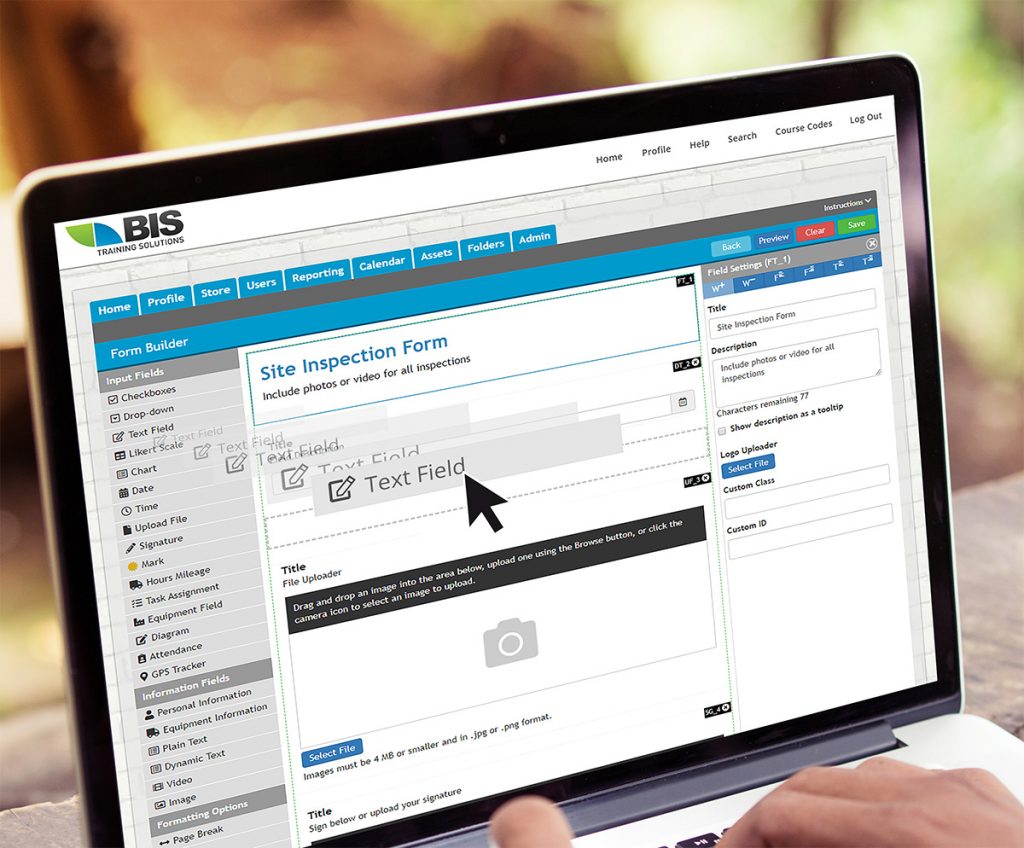
6 Benefits of the Best Safety Management System
A safety management system (SMS) helps organizations manage their workplace risks. The functions of an SMS can include hazard reporting, document management, safety training management, and compliance with local safety laws. Occupational health and safety regulations change depending on where a company operates and based on the business sector or specific role of a worker. Under these changing regulations, managing safety can become a challenge. Ideally, an SMS must meet the specific requirements of each organization. These are determined by local regulations, but also by internal company policies.
The consequences of ignoring safety in a workplace can be severe, especially in heavy industries. Even if there are no injuries and fatalities in an accident, companies can face lawsuits for not following regulations. The US Bureau of Labor Statistics publishes annual data about workplace accidents, and the latest figures for 2019 included 888,200 reported cases of injuries and work-related diseases, where employees had to leave the workplace to recover.
Online safety management systems help companies prevent accidents, protecting their employees while avoiding the associated expenses. Several studies have found that each dollar invested into safety, saves up to $3 in avoided costs.
Here are 6 ways in which an organization benefits from a safety management system.
1) Improved Efficiency
Occupational health and safety often involves tasks that are time-consuming and repetitive such as document management. However, an SMS can handle many files like inspection reports, licenses, and training completion certificates in a digital format with ease. The volume of printed files is greatly reduced, and key documents can be searched and opened in a matter of seconds.
For example, companies with multiple worksites can use an online safety management system to gather and consolidate all reports into one system. Automatic reminders of reports can be sent to employees who are responsible for filling out reports, and this saves a lot of printing and scanning.
2) Improved Performance
A workplace becomes more productive as safety is increased. Many tasks can be disrupted even if a hazard is eliminated before it causes an accident. However, when there is an SMS in place, workers know exactly how to respond when they encounter risks.
Safety regulations may be regarded as an obstacle by some workers since they add further requirements and complexity to certain tasks. However, compliance becomes much easier with a safety management system. This does not imply that workers can ignore safety, but many repetitive tasks are automated, and they can concentrate on the task at hand.
3) Boosted Employee Confidence

When a company deploys an online safety management system that is reliable and efficient, workers feel more protected. This positive effect on productivity allows workers to know exactly how to respond to hazards and how to report them. The SMS becomes like a guardian with artificial intelligence, who is always on the lookout for workplace hazards.
An SMS makes safety management simpler by automating workflows and demonstrates that the company is committed to keeping work environments safe. This can improve talent retention since employees feel protected by the company.
4) Improved Organizational Image
Effective safety management can boost a company’s public image. Organizations that keep their workplaces safe are considered more humane and ethical and are more likely to attract clients who also prioritize safety.
Workplace safety contributes to talent acquisition; top professionals will likely have several job offers, and a safe work environment is a valuable feature.
5) Increased Compliance
Governments have strict laws and regulations regarding workplace safety. Compliance becomes more challenging for companies that operate in many cities or countries as safety regulations change by jurisdiction. For example, a large corporation that operates in the USA and Canada must follow the laws of each state, province, and territory.
A company can face legal action for not following local safety laws, even if no accidents have happened yet, and the consequences can include hefty fines. An online safety management system can keep track of regulations across borders, along with any changes introduced by governments. For example, if training requirements for a specific occupation change, the safety management system can be used to plan the required courses and ensure your employees are compliant in their role.
6) Reduced Costs
A safety management system reduces the direct expenses that come with accidents, but other administrative costs that are not evident. When an efficient SMS is deployed, a company can improve workplace safety, while reducing the person-hours needed to keep that level of safety.
In particular, an online safety management system also saves plenty of paperwork and document handling. The time spent on these tasks is reduced drastically, and workers have more time to focus on their job and improve their productivity.
Conclusion
With an online safety management system, a company is better equipped to prevent accidents and keep its workers safe. However, an SMS also reduces paperwork and many hidden costs, while making compliance simpler. Workplace safety is improved by the system, but the man-hours required to manage safety are reduced.
A safety management system also creates a better work environment, making employees feel protected while improving corporate image. Companies who prioritize safety are viewed as more responsible, and this can become a marketing advantage.


























